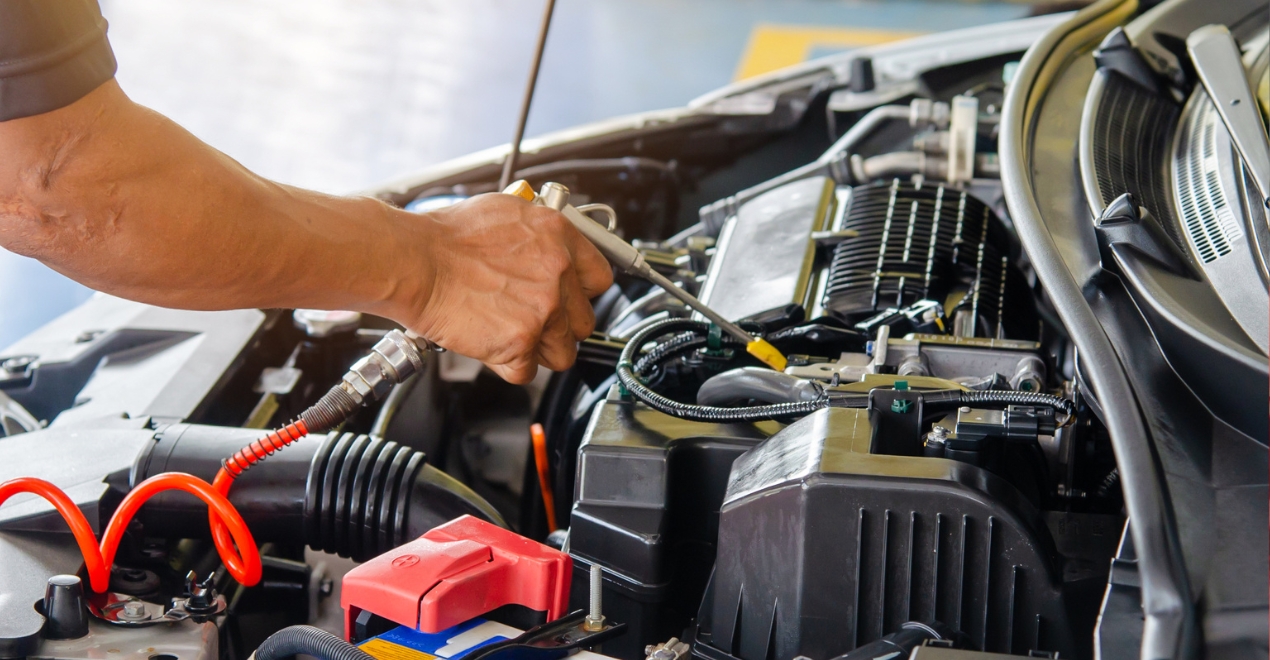Your car’s engine is a complex symphony of moving parts, and motor oil plays a vital role in keeping this symphony harmonious. It acts as a lubricant, reducing friction between components and preventing excessive wear and tear. However, just like “too much of a good thing” can have negative consequences, adding too much oil to your engine can be detrimental. This article delves into the potential risks associated with overfilling oil crankcases and explores preventive measures to avoid this common mistake. Avoid engine headaches and costly repairs! Learn why overfilling oil is a red flag and trust Crossroads Helpline for all your car care needs.
Understanding the Engine’s Oil System: The Importance of the Crankcase

The engine’s oil system functions like a circulatory system for lubrication. Oil is stored in the oil pan, also known as the crankcase, located at the bottom of the engine. An oil pump draws oil from the crankcase and pressurizes it, distributing it throughout the engine’s moving components like pistons, valves, and camshafts. This creates a thin film of oil that acts as a barrier, minimizing friction and preventing metal-on-metal contact. The oil level in the crankcase is crucial. The dipstick, a graduated metal rod located near the engine block, displays markings indicating the recommended minimum and maximum safe oil levels. Adding oil beyond the designated safe limit can lead to a number of problems.
The Perils of Excess: How Overfilling Oil Disrupts Engine Function

Exceeding the recommended oil capacity can disrupt the intended function of the engine’s oil system and cause several issues, including:
- Increased Engine Pressure: The crankcase is designed to hold a specific amount of oil. Overfilling oil restricts the available air space within the crankcase. As the engine runs and heats up, the oil expands. With limited air space, this expansion creates excessive internal pressure. This pressure can cause:
- Oil Leaks: Excessive pressure can overwhelm the engine’s seals and gaskets, forcing them to leak oil. Leaking oil not only creates a mess but also reduces the overall oil level, potentially leading to lubrication issues down the line.
- Blown Gaskets: In extreme cases, intense pressure can cause gaskets to rupture completely, leading to a more significant oil leak and potentially engine malfunction.
- Foaming Oil: The churning action of the crankshaft within the overfilling oil crankcase can whip the overfilling oil into a foamy consistency. Foamy oil loses its lubricating properties as air bubbles interfere with the oil’s ability to form a protective film on engine components. This can lead to increased friction, wear, and tear on engine parts.
- Spark Plug Fouling: Excessive crankcase pressure can force oil past the piston rings and into the combustion chamber. This oil can foul the spark plugs, hindering their ability to generate a proper spark for ignition. Fouled spark plugs can lead to rough idling, misfiring, and decreased engine performance.
- Hydrostatic Lock: In a worst-case scenario, an extreme amount of oil in the crankcase can cause a condition known as hydrostatic lock. This occurs when the connecting rod, which connects the piston to the crankshaft, encounters excessive resistance from the oil as it tries to move up and down within the cylinder. This resistance can bend or even break the connecting rod, resulting in major engine damage requiring extensive repairs.
Identifying the Telltale Signs: How to Spot Engine Overfilling Oil
If you suspect you might have overfilled your engine’s oil, here are some signs to watch out for:
- Visible Oil Leak: A noticeable oil leak beneath your car is a telltale sign that something might be wrong. While leaks can have various causes, overfilling can be a potential culprit.
- Burning Oil Smell: The burning of excess oil that has entered the combustion chamber can create a noticeable burning oil odor emanating from the engine.
- Rough Engine Idle and Performance: Foaming oil or oil-fouled spark plugs can lead to rough idling and a noticeable decrease in engine performance, such as reduced acceleration power.
- Illuminated Check Engine Light: Modern vehicles have sensors that can detect various engine issues, including excessive crankcase pressure
Avoiding Overfilling Oil: Preventive Measures for Engine Health

Preventing overfilling oil is significantly easier and more cost-effective than dealing with the consequences outlined above. Here are some key preventive measures to adopt:
- Consult Your Owner’s Manual: The owner’s manual is your car’s instruction bible. It contains specific information regarding the recommended engine oil type and capacity for your vehicle model. Refer to this information before adding oil to ensure you stay within the safe fill limits.
- Measure Twice, Add Once: Don’t rely solely on topping off the oil until it reaches a certain level on the dipstick. After adding a small amount of oil, wait a few minutes for the oil to settle in the crankcase. Then, remove the dipstick, wipe it clean, and reinsert it fully. Only add more oil if the level falls below the recommended maximum mark on the dipstick. Repeat this process gradually until the oil level reaches the ideal range indicated on the dipstick.
- Don’t Overestimate Consumption: It’s natural for engine oil to burn off or leak slightly over time. However, modern engines are designed to be fuel-efficient and consume oil minimally. Unless you detect a visible leak, adding oil frequently isn’t necessary. Regular oil changes using the correct oil type and viscosity as recommended in your owner’s manual are sufficient to maintain proper oil levels.
- Beware of Quick Oil Change Services: While quick oil change services can be convenient, there’s always a risk of overfilling oil if the technician doesn’t consult your vehicle’s specific oil capacity. Consider being present during the oil change process to ensure the correct amount of oil is added.
Addressing Overfilling Oil: Taking Corrective Action
If you suspect you’ve overfilled your engine’s oil, don’t panic. Here’s what you should do:
- Don’t Start the Engine: Resist the urge to start the engine if you believe you’ve added too much oil. Running the engine with an overfilled crankcase can exacerbate the problem.
- Drain the Excess Oil: Locate your engine’s oil drain plug and carefully drain some of the oil until the level on the dipstick reaches the recommended safe zone. Consult your owner’s manual or a qualified mechanic for specific instructions on draining engine oil safely. This process might be messy, so it’s advisable to have an oil drain pan and gloves readily available.
- Seek Professional Help (If Necessary): If you’re uncomfortable draining the oil yourself, it’s best to err on the side of caution and seek assistance from a qualified mechanic. They can safely drain the excess oil and ensure your engine is operating correctly.
Conclusion
Understanding the risks associated with overfilling oil empowers you to practice safe oil-adding habits. Following the recommendations outlined above can help prevent this common mistake and safeguard your engine’s health. Remember, regular oil changes using the correct oil type and viscosity are crucial for maintaining a healthy engine. By prioritizing preventative measures and addressing any overfilling issues promptly, you can ensure your car runs smoothly and efficiently for miles to come. So, the next time you check your engine oil, take your time, consult your owner’s manual, and avoid the temptation to overfill! Your engine will thank you for it.

